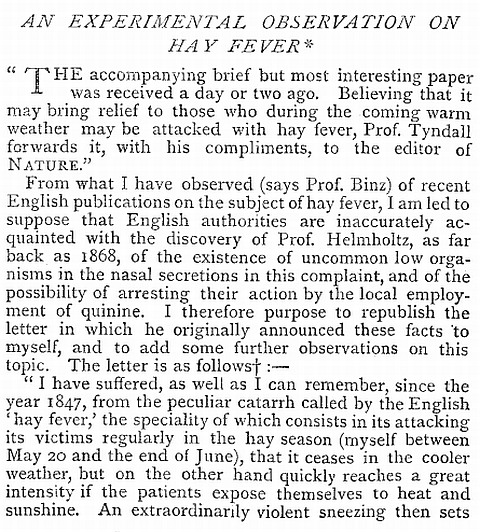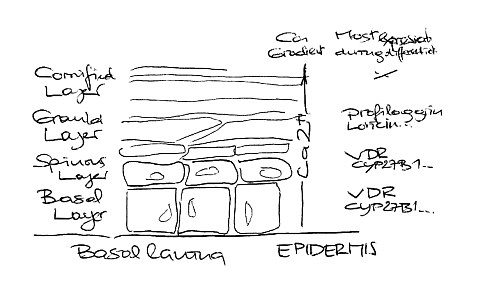Although there are numerous reports and even whole schools of thought building on a prenatal origin of allergy, a new study now clearly states that sensitization does not develop in utero. IgE traditionally measured in cord blood IgE is a contamination of maternal IgE. The authors show that there is a correlation with IgA and the “spurious specific IgE” at birth “vanishes” during the following 6 months. If you ever had a cord in hand, you will understand how easily contamination occurs.
Addendum 12/10/2008
The “prenatal origin” party doesn’t give up basically with the arguments:
- no Ig A found that would be indicative of contamination BUT unfortunately their Ig A threshold of 32 ug/mL is not really appropriate
- more than half of their cord blood samples have IgE negative mothers BUT unfortunately they don’t show the unclassified IgE values (is that’s just an artifact of a normal test variation?)
- some of their cord blood samples have higher IgE levels than the mothers BUT again the same argument of an arbitrary classification applies
- most single IgE results are not concordant between mother but they admit concordant results at least for food allergens. This may indeed been taken as an argument against simple cord blood contamination of ALL samples. As the accompanying editorial points out an in vivo translocation of immune complexes of IgG:allergen+IgE of a food allergens (that are nearly always present in contrast to some seasonal allergens) may be possible
- the discussion ignores more or less the fact that there is definitely NO concordance with the father (as shown in table I) so leakage or contamination is likely
The authors explain the maternal/fetal association “by maternal inheritance of atopic IgE responsiveness on chromosome 11q and other gene loci” BUT unfortunately there is neither atopic IgE responsiveness on chromosome 11q nor is there any evidence of imprinting. So – according to our best evidence allergy starts only after birth. To convince me it would not need 922 neonates but 1 B cell of proven fetal origin that makes IgE – making the whole story at least a good example how insufficient methods produce doubtful conclusions, yea, yea.

